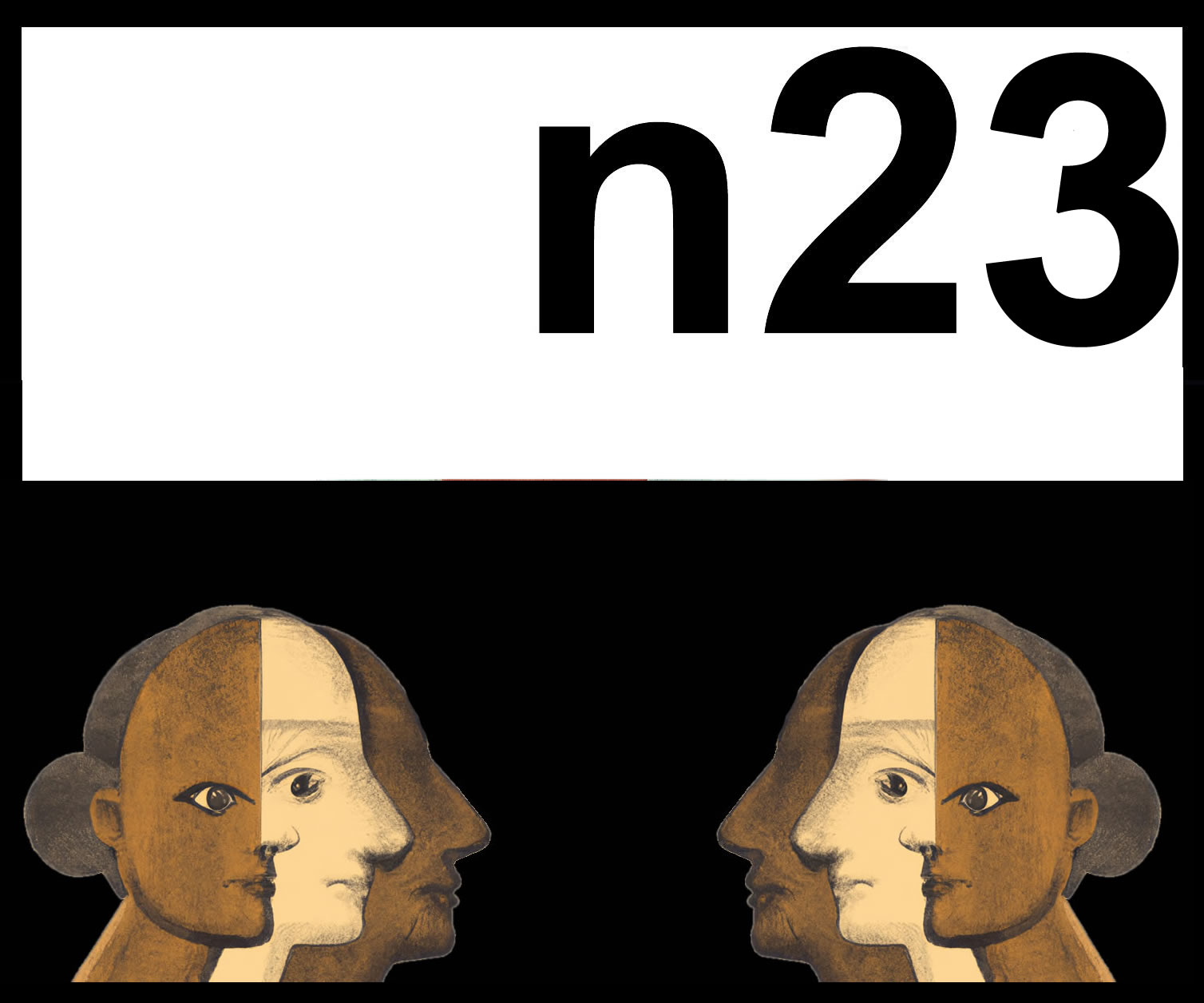Resumen
Desnudando las formas que ganan el espacio y el tiempo cuando lo real deviene imagen, y el modo singular que adopta nuestro pensamiento cuando se abre a lo que las imágenes dan a pensar, la fenomenología de la experiencia estética da cuenta, no apeans de las relaciones que establecen nuestras facultades cuando contemplamos sin objeto ni fin lo que se ofrece a nuestra sensibilidad, sino también de la utopía que abre los modos en que vemos, pensamos y hacemos el mundo a un futuro sin determinación. Utópicas parecen ser, de hecho, las coordenadas que la definen: la suspensión de cualquier interés que vaya más allá de las dimensiones aspectuales de los objetos de la experiencia, la momentánea puesta entre paréntesis de cualquier saber previo que pueda facilitar su aprehensión, la irresolución de la actividad teleológica que gobierna nuestros impulsos cognitivos. El presente artículo pretende demostrar que esas determinaciones trascendentales son, en todo caso, algo más que una idea abstracta o un ideal teórico, y que nuestras prácticas contemplativas y creativas se encuentran siempre, en mayor o menor medida, atravesadas por ellas, perteneciendo manifiestamente al orden de lo común.
Citas
Bausch, Pina. (1978) Café Müller. Wuppertal Tanztheater.
Conti, Haroldo. (2008) Compartir las luchas del pueblo. En: Revista Crisis (1973-1976) – Antología – Del intelectual comprometido al intelectual revolucionario. Bernal: Universidad de Quilmes Editorial.
Dufrenne. Mikel. (1982) Fenomenologia da experiência estética. Volume I: O objeto estético. Valencia: Fernando Torres Editor.
Eluard, Paul. (2019) Dar a ver. Madrid: Árdora Ediciones.
Kant, Immanuel. (1993) Crítica da Faculdade do Juízo. Rio de Janeiro: Ed. Forense Universitária.
Merleau-Ponty, Maurice. (1991) A linguagem indireta e as vozes do silêncio. En: Merleau-Ponty, Maurice. (1991) Signos. São Paulo: Martin Fontes.
Merleau-Ponty, Maurice. (1974) A linguagem indireta. En: Merleau-Ponty, Maurice. O homem e a comunicação. A prosa do mundo. Rio de Janeiro: Edições Bloch.
Rancière, Jacques. (2010) Schiller y la promesa estética. En: Rivera, A. (ed.). Schiller, arte y política. Murcia: Universidad de Murcia - Servicio de publicaciones.
Rancière, Jacques. (2010b). El espectador emancipado. Buenos Aires: Manantial.
Rancière, Jacques. (2011) A revolução estética e seus resultados. São Paulo: Projeto Revoluções. Disponible en: http://www.revolucoes.org.br
Ronsenfield, Kathrin. (2006) Estética. Rio de Janeiro: Zahar.
Stolnitz, Jerome. (2007) A atitude estética. En: D’Orey, Carmo (org). O Que é a Arte? A Perspectiva Analítica. Lisboa: Dinalivro.

Esta obra está bajo una licencia internacional Creative Commons Atribución-NoComercial-CompartirIgual 4.0.
Derechos de autor 2024 Eduardo Pellejero
